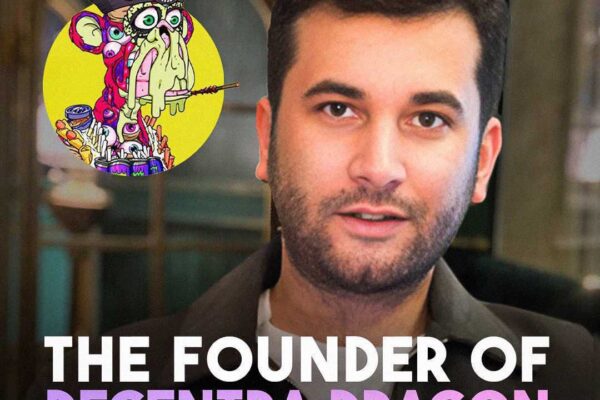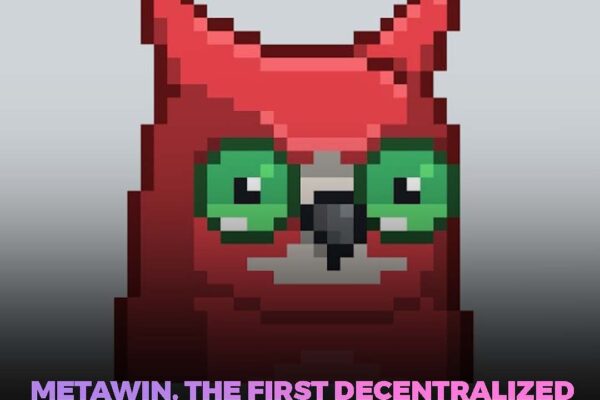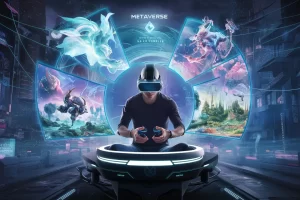Movies and television have created a space for humans to escape reality for generations. Gives us insight into the world of experiences and lives most of us could only dream of, but for a mere second, while watching it on television or the big screen, we feel like we are there. Over the years, the industry has created technology that allows us to feel like we’re a part of TV and film more than ever before — 3D movies and finding secret items in series to unlock prizes online, for example. But it doesn’t stop there. Imagine being able to be involved in your favorite sitcom or film franchise not just as a consumer, but as a creative.
Like most popular technology, NFTs have found their way to the television industry. One of the ways they’re utilized is “watch-to-earn.” A new app called Sator is allowing consumers to earn tokens simply by watching their favorite shows. Users build communities based on interest and genre preference and tune into TV series that are activated on the Sator app. Then, on a separate device, they use the app to earn different rewards. This model allows creators to reward consumers for watching their content, which will in turn create a stronger community for that particular show.
Non-fungible stories (NFS) are another use case for NFTs in the industry. A non-fungible story is one created in collaboration with consumers to write the script based on NFTs that will be collectible digital avatars. This model is a new way for fans to not only consume content, but to be involved in the creative process. The first NFS was created by Carlos Grenoir and actor Alvaro Morte (who plays “The Professor” in Netflix series “Money Heist”) through their blockchain platform Olyverse. The purpose of the collection is to provide NFT holders the opportunity to write the script for a future character called Olyver, who will be played by Morte in a 3D metaverse film.
Since movies are essentially just longer TV episodes, it makes perfect sense for the film industry to tap in as well. The most recent example is the Lord of The Rings NFT collection that dropped last week. It allows holders to watch extended versions of the flick in 4K, access hidden AR collectibles, see hundreds of images from the movie, access three different set locations you can explore digitally, and eight hours of special features and commentary.
The NFT craze doesn’t stop at just content for shows and movies. Earlier this year, Samsung announced they would be incorporating smart TVs too. Their new marketplace, LG Art Lab, will allow people to buy and sell NFTs directly from their televisions. The first set of NFTs dropped in September and they will be adding new ones each month. This feature is only availU.S. residents and those who have WebOS 5.0 (or later) access through the app, but they want to eventually expand the experience to everyone across the world. Samsung’s main goal is to provide a high-def visual experience with the purchase of non-fungible tokens. Streaming platforms are picking up on the same approach — Roku has incorporated a channel called StreamNFTs that allows you to display your collection and explore others from the largest art marketplaces.

This news is published and verified by the NFT News media team.












One thought on “Web3 And NFTs Are Taking Over The Screens Of Movies And TVs”